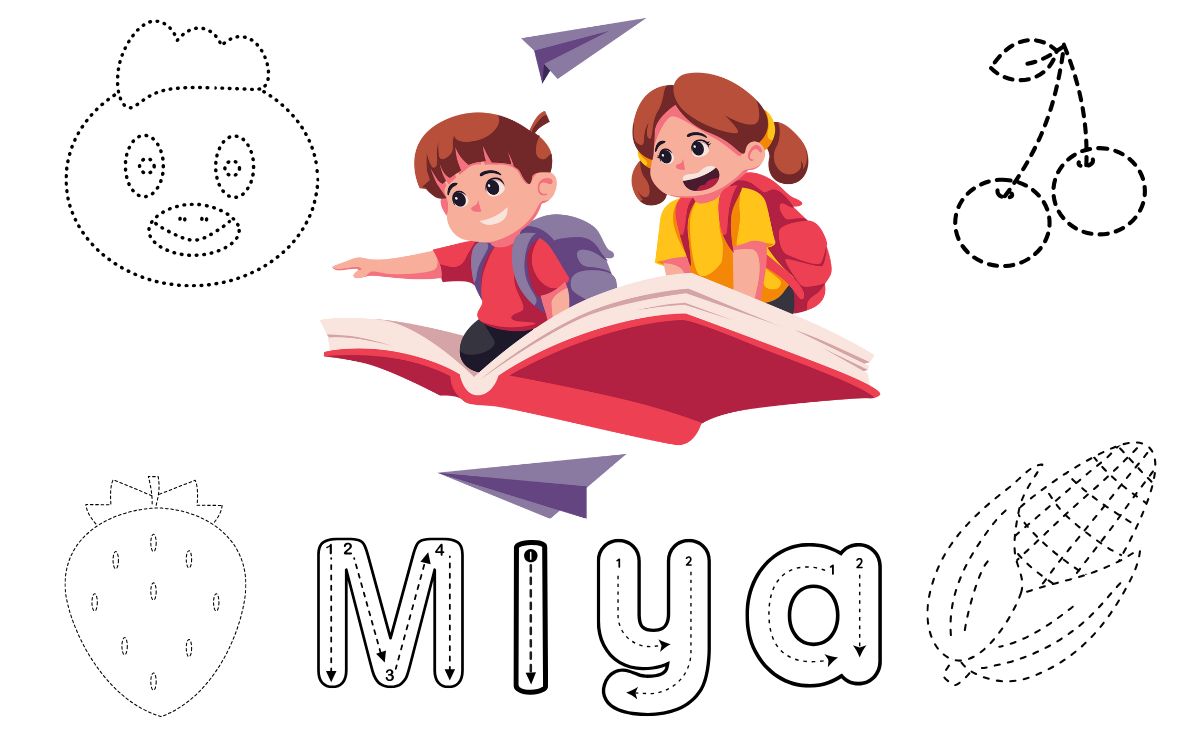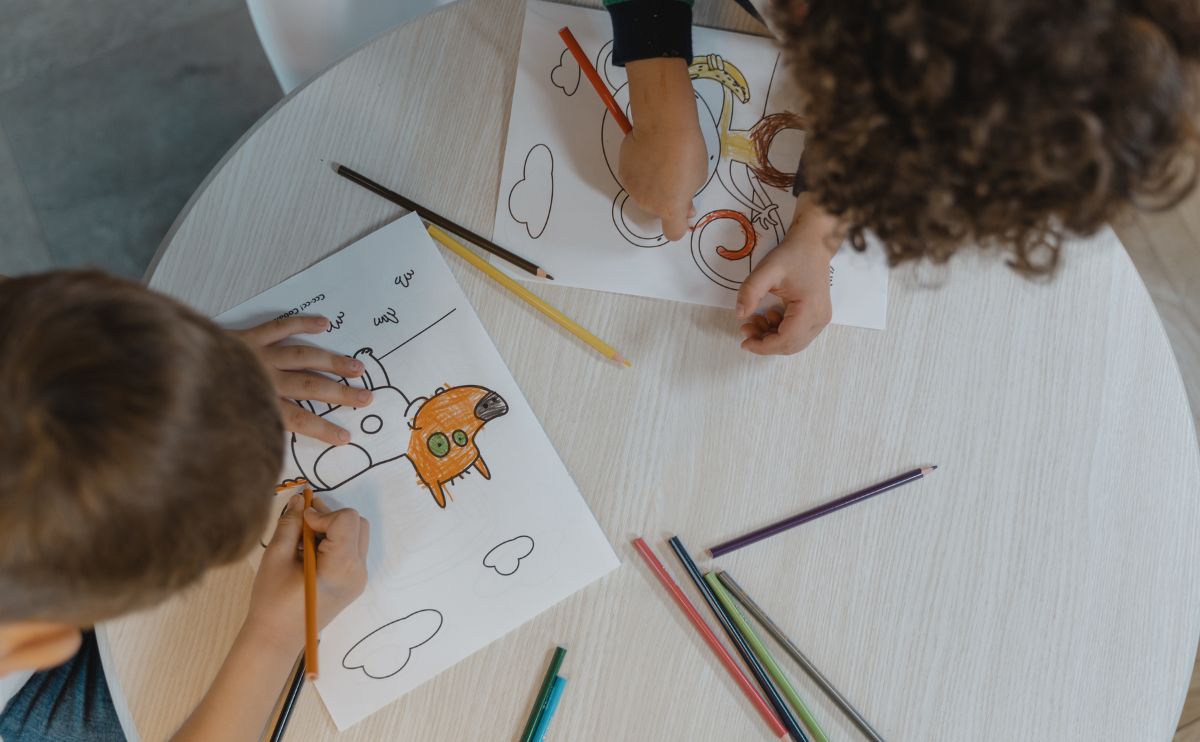Blog
The Benefits of Tracing Activities for Preschoolers

Tracing activities are a fundamental part of early childhood learning. These simple yet engaging exercises play a crucial role in developing fine motor skills, hand-eye coordination, and early writing abilities. Preschoolers benefit greatly from tracing activities as they provide a structured approach to learning letters, numbers, shapes, and patterns. In this blog, we will explore the various benefits of tracing activities and how they contribute to a child's cognitive and motor development.
1. Enhances Fine Motor Skills
Fine motor skills involve the coordination of small muscles in the hands and fingers, which are essential for writing, cutting, and other daily activities. Tracing activities help strengthen these muscles by encouraging controlled hand movements. When children trace lines, shapes, and letters, they practice holding a pencil or crayon correctly, improving their grip strength and dexterity.
2. Improves Hand-Eye Coordination
Hand-eye coordination is the ability to control hand movements based on visual input. Tracing activities require children to follow lines and shapes, enhancing their ability to coordinate their eyes and hands effectively. This skill is vital for tasks such as drawing, writing, and even playing sports in the future.
3. Prepares for Writing Readiness
One of the most significant benefits of tracing activities is that they lay the foundation for writing skills. By tracing letters and numbers, preschoolers become familiar with letter formations, helping them recognize and eventually write them independently. These exercises also introduce them to proper pencil control, stroke direction, and spacing, all of which are crucial for developing legible handwriting.
4. Boosts Cognitive Development
Tracing activities require children to focus, follow directions, and remember patterns, all of which stimulate cognitive development. As they trace different shapes and letters, they engage in problem-solving and critical thinking, strengthening their memory and concentration skills.
5. Encourages Early Literacy and Numeracy
Tracing letters and numbers not only improves handwriting skills but also reinforces letter recognition and number awareness. This early exposure to the alphabet and numerical concepts sets a strong foundation for reading and math skills. Children who engage in tracing activities are more likely to develop an interest in learning to read and write at an early age.
6. Develops Spatial Awareness
Understanding space and direction is essential for academic and daily life activities. Tracing helps children recognize the positioning of letters, shapes, and numbers in relation to each other. It also teaches them concepts such as left-to-right progression, which is important for reading and writing.
7. Enhances Creativity and Artistic Skills
While tracing is often associated with handwriting preparation, it also plays a role in developing artistic abilities. Preschoolers who engage in tracing different shapes, patterns, and objects enhance their creativity and artistic expression. Over time, they gain confidence in drawing and exploring their imagination.
8. Builds Confidence and Patience
Tracing requires patience and practice, and as children improve their skills, they gain confidence in their abilities. Successfully completing tracing exercises gives them a sense of accomplishment, encouraging a positive attitude toward learning. This boost in self-esteem motivates them to take on more complex tasks in the future.
9. Supports Sensory Development
Tracing involves sensory engagement, especially when different materials such as textured papers, sandpaper letters, or finger tracing in sand are used. These sensory activities enhance a child’s learning experience and improve their tactile awareness, making learning more interactive and enjoyable.
10. Fun and Engaging Learning Tool
Lastly, tracing activities are a fun and engaging way for preschoolers to learn. Whether through worksheets, digital tracing apps, or hands-on activities, children enjoy the process while gaining essential skills. Parents and teachers can make tracing more exciting by incorporating colorful worksheets, themed tracing exercises, and interactive games.
Conclusion
Tracing activities are a powerful tool in early childhood education. They not only prepare preschoolers for writing but also support overall cognitive, motor, and sensory development. By incorporating tracing exercises into a child’s daily routine, parents and educators can enhance their learning experience in a fun and meaningful way. Whether at home or in a classroom, tracing activities provide a solid foundation for a child's academic success.
Encourage your little one to start tracing today and watch them develop essential skills that will benefit them for years to come!
Related Posts
How Coloring Books Help in Child Development?
-
Posted by
miyadigital.official@gmail.com
- 0 comments

